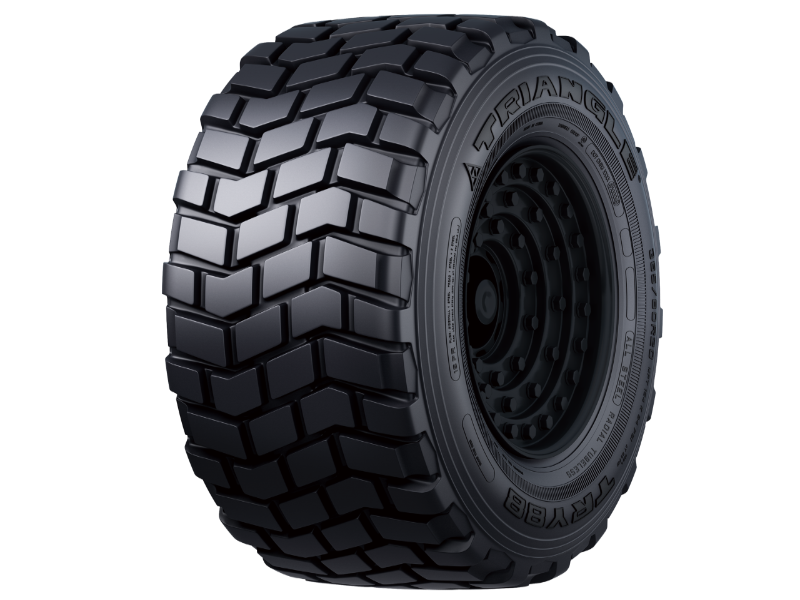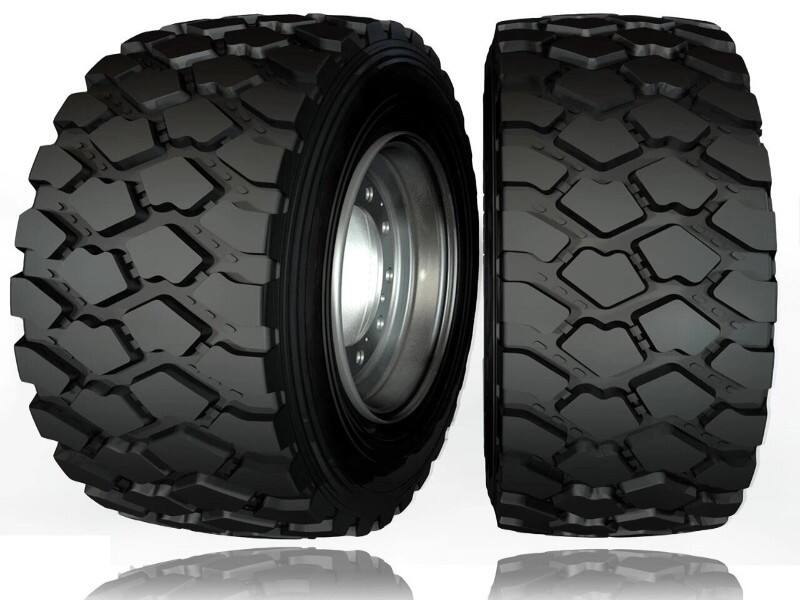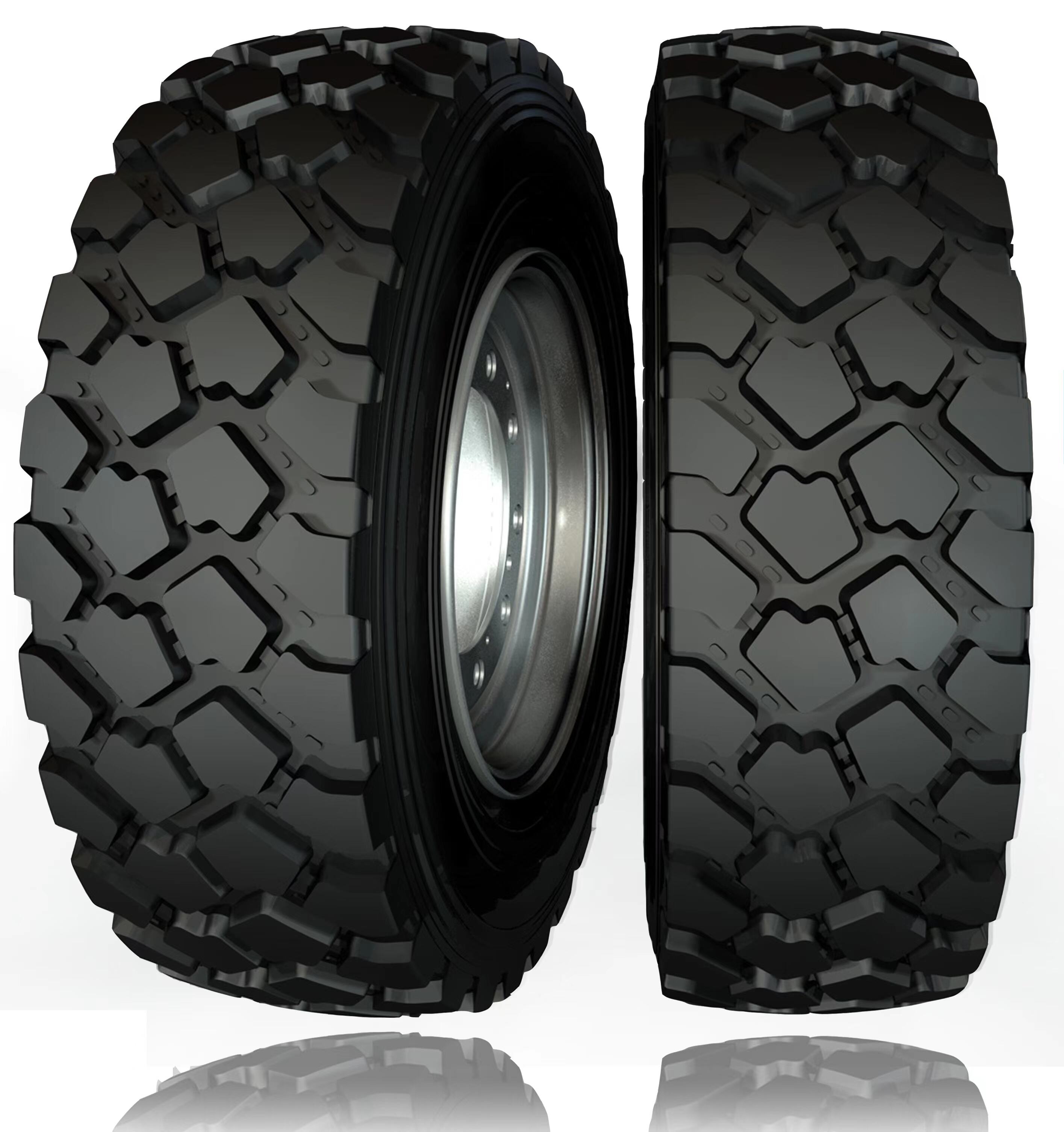driverless vehicles
Driverless vehicles, also known as autonomous vehicles, represent a revolutionary advancement in transportation technology. These sophisticated machines utilize a complex array of sensors, cameras, radar systems, and artificial intelligence to navigate roads without human intervention. The primary function of driverless vehicles is to transport passengers or cargo safely and efficiently while eliminating human error from the equation. Advanced LiDAR technology creates detailed 3D maps of the surrounding environment, while AI processors analyze this data in real time to make informed driving decisions. These vehicles are equipped with GPS navigation systems, computer vision capabilities, and machine learning algorithms that continuously improve their performance. Applications of driverless vehicles extend beyond personal transportation to include logistics, public transit, and specialized industrial uses. The technology enables 24/7 operation, consistent performance, and the ability to optimize routes and reduce traffic congestion. Modern driverless vehicles incorporate multiple redundancy systems for safety, including backup sensors and emergency protocols. They can communicate with other vehicles and infrastructure through V2X (Vehicle-to-Everything) technology, creating a connected ecosystem that enhances overall traffic safety and efficiency.

 EN
EN
 AR
AR
 BG
BG
 FR
FR
 DE
DE
 HI
HI
 IT
IT
 JA
JA
 KO
KO
 PL
PL
 PT
PT
 RU
RU
 ES
ES
 SV
SV
 TL
TL
 ID
ID
 LV
LV
 LT
LT
 SR
SR
 UK
UK
 VI
VI
 TH
TH
 TR
TR
 FA
FA
 AF
AF
 HY
HY
 AZ
AZ
 KA
KA
 BN
BN
 LA
LA
 MN
MN
 SO
SO
 MY
MY
 KK
KK
 UZ
UZ
 KU
KU
 KY
KY







